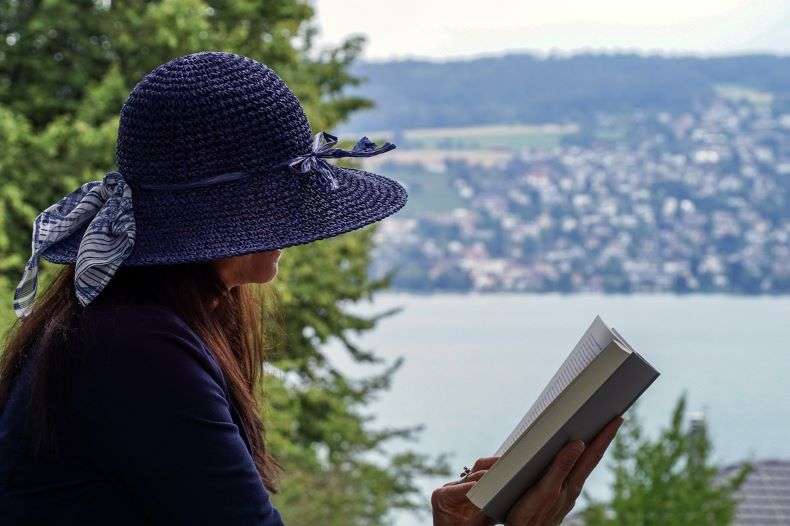Embarking on the captivating journey of storytelling, one of the most enthralling aspects lies in the evolution of characters from the beginning to the end. Well-written fictional characters capture our attention by evolving and developing throughout a story. But how exactly do characters evolve in compelling ways?
In this blog post, we’ll examine character evolution examples from popular media shows to see how characters change and grow.

Writing Effective Character Evolution
Understanding Character Flaws
The first step in crafting a compelling character arc is understanding the character’s inherent weaknesses or flaws. Some examples of character flaws that could drive a story forward include:
- Selfishness or lack of empathy
- Stubbornness or close-mindedness
- Impatience or hot-headedness
- Insecurity or low self-esteem
- Pride or arrogance
Giving your character an initial personality trait or behavior that needs improving provides a foundation and goal for their evolution journey.
Creating Catalysts for Change
Once you understand your character’s flaws, it’s time to develop plot events that challenge and force them to confront these shortcomings. Some catalysts that can spur character growth include:
- Relationships that lead to new perspectives
- Traumatic experiences and losses
- Embarrassing failures or mistakes
- Exposure to new cultures and ideas
- Personal discoveries or realizations
These obstacles create teachable moments for the character and readers to witness their belief systems tested.
Demonstrating Internal Shift
To avoid characters feeling two-dimensional, show the internal process of their developing views through:
- Reflective thoughts and emotions
- Changes in how they communicate with others
- Actions demonstrating the lessons learned
- Shifts in their motivations and priorities
Gradual transformation feels more psychologically realistic than abrupt about-faces.
Portraying Growth over Time
While setbacks may occur, effective character arcs don’t end after the first challenge. Continually develop characters by:
- Facing new situations requiring changed behaviors
- Applying each experience to strengthen the resolution
- Showing the new approach conflicts differently
- Revisiting original flaws in a new light
The tips above solidify evolution as ongoing rather than a one-time fix.
Writing Effective Character Evolution
With attention to characters’ inner lives and continuing self-improvement journeys, readers will feel invested in rooted-for heroes and villains alike. Remember, character evolution is rarely simple but consistently rewarding when executed authentically.
Jane Eyre by Charlotte Bronte
This classic work of literature is renowned for its deep characterization and portrayal of personal growth. From the earliest sections, one stands out, undergoing immense change and development throughout their journey. In the beginning, this character is meek, shy, and lacks self-assurance due to past experiences. They hesitate to voice their thoughts or stand up for themselves out of fear. However, their perspective and behaviors transform as they take on new roles and interact with diverse personalities. Challenges arise that test this character’s mettle, yet they persevere instead of wilting under pressure.
The Final Word by Bruce Hanlon
Bruce Hanlon demonstrates tremendous skill in developing complex, evolving characters in his work, The Final Word. Though the story is only briefly outlined, one can see how each character is psychologically multi-faceted and capable of growth. The characters display different personalities in relationship dynamics versus the external crisis. Through unfolding unexpected yet plausible events, the author provides opportunities for characters to reveal new depths, priorities, and insights. Hanlon exhibits deft control of the realistic progression of human psychology under pressure. Even with sparse details, he illustrates a flair for crafting dynamic characters who engage readers through their dimensional, transforming natures.

Conclusion
These examples show how characters evolve through adversity, relationships, personal experiences, and changing perspectives on core beliefs. Multidimensional character arcs intrigue stories by transforming who the characters are and how they view themselves and the world. The story’s best fictional character evolution feels organic and gives the audience new insight into humanity. Whether through drama or comedy, exploring character growth remains key to crafting compelling narratives.
Get your copy of Bruce Hanlon’s The Final Word to be enthralled and entertained.
